Let's talk poetry! First of all, I LOVE poetry! April is pretty much my favorite month of teaching. I still remember the first time I read Shel Silverstein. As I read more and more poetry, I was overcome by the way that it could express so many different emotions.
That being said, not everyone loves poetry at first. Poetry can involve quite a bit of inferring and that's certainly one of the more challenging reading strategies. It's certainly important to find a good balance of poems to read and discuss, but there's also another way to increase their interest - engage students in poetry writing!
I've got a secret strategy that gets my students excited about poetry from the start. On the very first day of poetry, I lay out notebooks, Sharpies, and a large pile of random stickers (think of all those extra teacher stickers you have in a box somewhere). As we begin our poetry writing adventure I give students time to grab a notebook, label it, and decorate it with no more than 20 stickers.
Stickers? Access to the teacher's Sharpies? Their own poetry notebook? Oh yeah, this raises excitement!
What do we put in our poetry notebooks? We use it as a journal and an interactive notebook. As I introduce poems, I share notes on poetry elements, examples of different types of figurative language, and my own original examples of different styles of poetry. As we learn, we write. This is how we used our notebooks the first week:
The key to successful poetry notebooks is for students to feel ownership. Think about all of the interactive notebooks that students use in your classroom. Most of the time, they are putting in what you want them to. With their poetry notebooks, they are putting some notes in, but they are also writing about topics of their own interest each day. As you introduce new elements and styles of poetry, they will gain a deeper understanding of poetry writing, and their writing will grow. You might be surprised when you see how often they're willing to share!
Here's a peek at my current notebook. I think it's important to write with the students so that they can watch me in the process. I think aloud my whole writing process and I never plan my poems ahead of time (though I do have back-ups from previous years if I get super stuck). Since I love poetry, it's fun for me and a great way to expose them to thinking like a writer.
Now, I know this is poetry writing. You might be feeling a little uneasy about writing poetry when you have to teach your students to read it, but writing poetry will build your students toward a much deeper understanding of poetry. There is a strong connection between reading and writing. Just as readers are writers, writers of poetry can be readers of poetry. By engaging students in poetry writing, they will experience a more meaningful connection to the poetry that they are reading as begin to read it from a poet's perspective.
If you'd like access to the notes that I provided my students during this first week as well as a copy of the week one plan above, you can grab them by clicking the image below.
If you're interested in exposing students to the different styles of poetry writing that I use in the classroom, you might want to check out my Poetry Writing Pack or check out my Seasonal Sensory Poem FREEBIE.
Wishing you all a wonderful poetry journey!

 Hello! I'm Rachel from
Hello! I'm Rachel from 







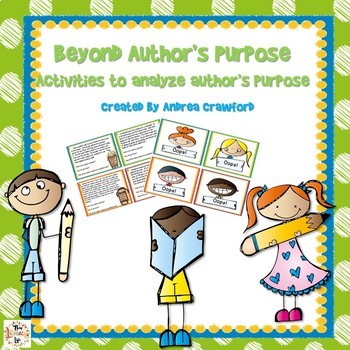


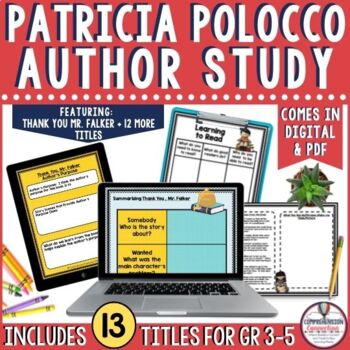
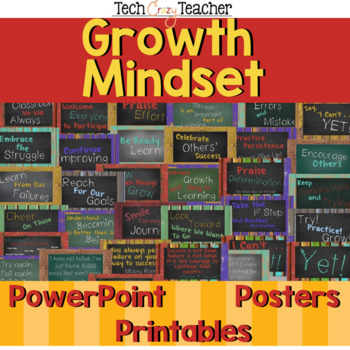
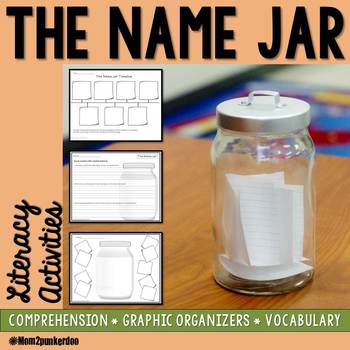

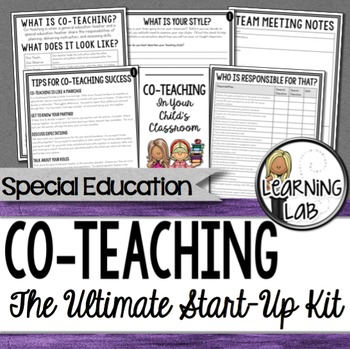


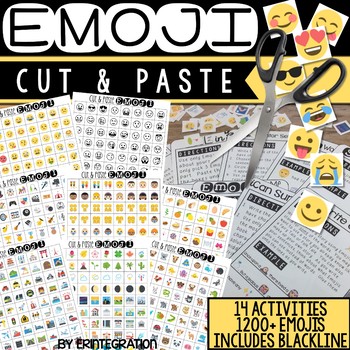
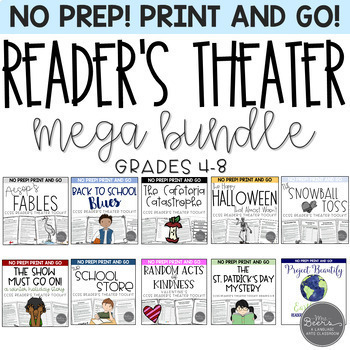



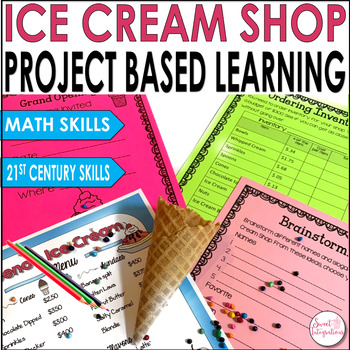




















I agree! Students learn best by doing! Glad you shared these ideas.
ReplyDeleteSebrina
Thank you, Sebrina!
Delete